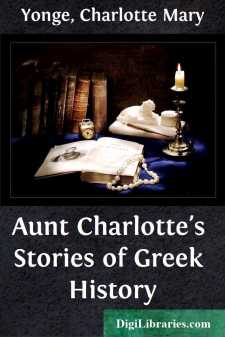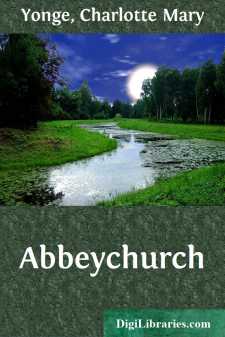Categories
- Antiques & Collectibles 13
- Architecture 36
- Art 48
- Bibles 22
- Biography & Autobiography 813
- Body, Mind & Spirit 138
- Business & Economics 28
- Children's Books 12
- Children's Fiction 9
- Computers 4
- Cooking 94
- Crafts & Hobbies 4
- Drama 346
- Education 46
- Family & Relationships 57
- Fiction 11821
- Games 19
- Gardening 17
- Health & Fitness 34
- History 1377
- House & Home 1
- Humor 147
- Juvenile Fiction 1873
- Juvenile Nonfiction 202
- Language Arts & Disciplines 88
- Law 16
- Literary Collections 686
- Literary Criticism 179
- Mathematics 13
- Medical 41
- Music 40
- Nature 179
- Non-Classifiable 1768
- Performing Arts 7
- Periodicals 1453
- Philosophy 64
- Photography 2
- Poetry 896
- Political Science 203
- Psychology 42
- Reference 154
- Religion 505
- Science 126
- Self-Help 81
- Social Science 81
- Sports & Recreation 34
- Study Aids 3
- Technology & Engineering 59
- Transportation 23
- Travel 463
- True Crime 29
The Little Duke
Categories:
Description:
Excerpt
CHAPTER I
On a bright autumn day, as long ago as the year 943, there was a great bustle in the Castle of Bayeux in Normandy.
The hall was large and low, the roof arched, and supported on thick short columns, almost like the crypt of a Cathedral; the walls were thick, and the windows, which had no glass, were very small, set in such a depth of wall that there was a wide deep window seat, upon which the rain might beat, without reaching the interior of the room. And even if it had come in, there was nothing for it to hurt, for the walls were of rough stone, and the floor of tiles. There was a fire at each end of this great dark apartment, but there were no chimneys over the ample hearths, and the smoke curled about in thick white folds in the vaulted roof, adding to the wreaths of soot, which made the hall look still darker.
The fire at the lower end was by far the largest and hottest. Great black cauldrons hung over it, and servants, both men and women, with red faces, bare and grimed arms, and long iron hooks, or pots and pans, were busied around it. At the other end, which was raised about three steps above the floor of the hall, other servants were engaged. Two young maidens were strewing fresh rushes on the floor; some men were setting up a long table of rough boards, supported on trestles, and then ranging upon it silver cups, drinking horns, and wooden trenchers.
Benches were placed to receive most of the guests, but in the middle, at the place of honour, was a high chair with very thick crossing legs, and the arms curiously carved with lions’ faces and claws; a clumsy wooden footstool was set in front, and the silver drinking-cup on the table was of far more beautiful workmanship than the others, richly chased with vine leaves and grapes, and figures of little boys with goats’ legs. If that cup could have told its story, it would have been a strange one, for it had been made long since, in the old Roman times, and been carried off from Italy by some Northman pirate.
From one of these scenes of activity to the other, there moved a stately old lady: her long thick light hair, hardly touched with grey, was bound round her head, under a tall white cap, with a band passing under her chin: she wore a long sweeping dark robe, with wide hanging sleeves, and thick gold ear-rings and necklace, which had possibly come from the same quarter as the cup. She directed the servants, inspected both the cookery and arrangements of the table, held council with an old steward, now and then looked rather anxiously from the window, as if expecting some one, and began to say something about fears that these loitering youths would not bring home the venison in time for Duke William’s supper.
Presently, she looked up rejoiced, for a few notes of a bugle-horn were sounded; there was a clattering of feet, and in a few moments there bounded into the hall, a boy of about eight years old, his cheeks and large blue eyes bright with air and exercise, and his long light-brown hair streaming behind him, as he ran forward flourishing a bow in his hand, and crying out, “I hit him, I hit him! Dame Astrida, do you hear? ’Tis a stag of ten branches, and I hit him in the neck.”
“You!...












